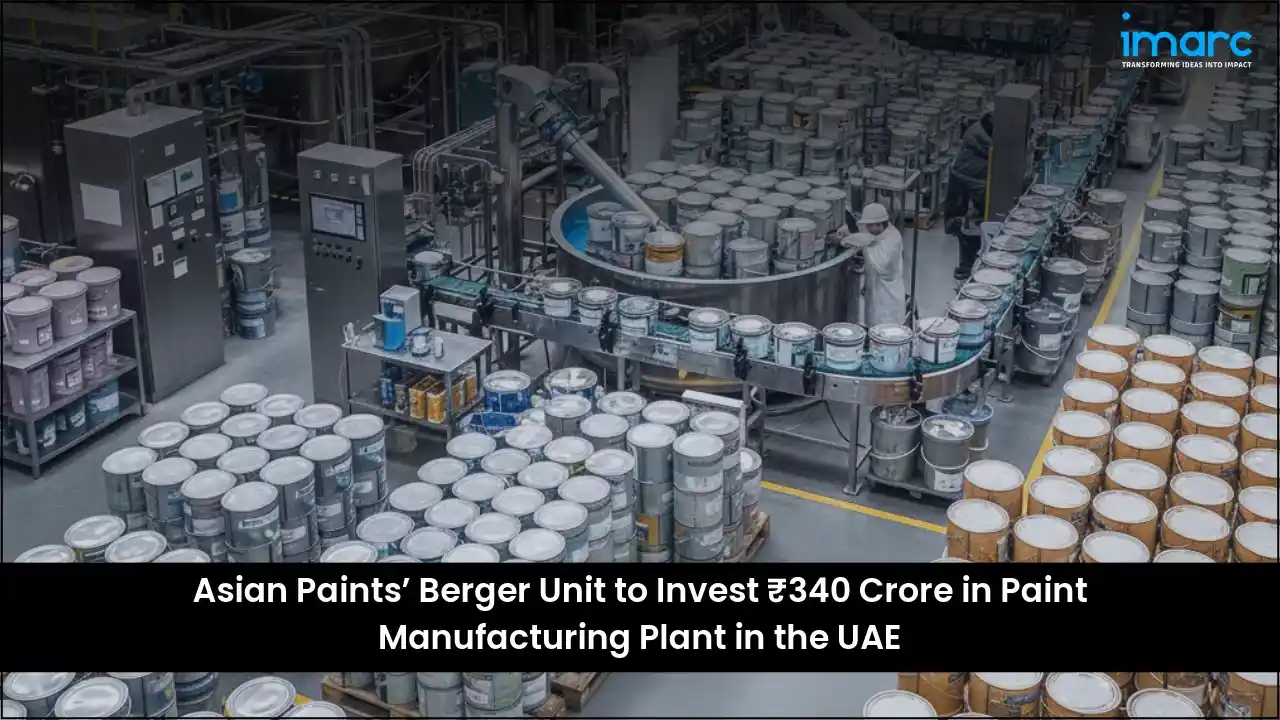Advanced Recycling Drives Q2 2025 Pyrolysis Oil Prices: Trend Analysis and Forecast Index
28-Jul-2025_11zon.webp)
The pyrolysis oil market witnessed regional price fluctuations, according to IMARC Group’s latest publication, Pyrolysis Oil Prices Trend, Index and Forecast Data Report 2025 Edition, that provides updated insights for Q2 2025. These fluctuations were shaped by local economic conditions, energy prices, and the evolving market demand for sustainable fuels, with the region responding differently to their respective supply chain challenges as well as regulatory pressures. The report provides in-depth analysis of price trends and forecasts, shedding light on key regional developments influencing the pyrolysis oil industry.
Q2 2025 Pyrolysis Oil Prices:
- USA: USD 560/MT
- China: USD 580/MT
- Germany: USD 665/MT
- India: USD 595/MT
- Canada: USD 683/MT
.webp)
To access real-time prices Request Sample
The evolving nature of the pyrolysis oil market, driven by technological advancements and growing demand for sustainable energy solutions, is poised to shape the industry's future trajectory.
Key Regional Price Trends and Market Drivers:
USA
Pyrolysis oil prices in the USA reached USD 560/MT in June 2025, influenced by steady demand from renewable fuels, chemicals, and industrial heating sectors. However, supply challenges related to feedstock collection inefficiencies and regulatory constraints, along with higher processing costs, resulted in a slight dip in pricing.
China
In China, strong demand from the petrochemical and alternative energy sectors led to an increase in pyrolysis oil prices, reaching USD 580/MT during Q2 2025. However, challenges such as inconsistent feedstock collection, stricter environmental regulations, and rising domestic freight costs caused price volatility.
Germany
Prices in Germany reached USD 665/MT during the second quarter of 2025, impacted by high environmental compliance costs, waste sorting requirements, and energy tariffs. Despite stable demand from the chemical and district heating sectors, supply constraints due to regulations on waste imports and logistics inefficiencies contributed to higher prices.
India
Rising demand from industrial fuel and small-scale power generation led to a moderate increase in pyrolysis oil prices at USD 595/MT in Q2 2025. Feedstock challenges related to seasonal collection inefficiencies and regulatory uncertainties contributed to price volatility in the region.
Canada
In June 2025, the Canadian market saw stable pricing, settling at USD 683/MT, with moderate demand from industrial heating, chemicals, and waste-to-energy sectors. Supply issues such as regional waste management inconsistencies and transportation challenges, along with higher energy prices, continued to impact costs.
Pyrolysis Oil Industry Overview:
The global pyrolysis oil market was valued at USD 582.63 Million in 2024 and is projected to reach USD 1,017.13 Million by 2033, growing at a compound annual growth rate (CAGR) of 6.60% during 2025-2033. This growth is fueled by the increasing demand for sustainable energy sources, with pyrolysis oil emerging as a key alternative to traditional petroleum-based fuels. As industries continue to adopt renewable energy solutions, the market is expected to see significant expansion.
Key drivers contributing to the growth of the pyrolysis oil market include the rising emphasis on renewable energy adoption, the growing focus on waste-to-energy solutions, and technological advancements in pyrolysis processes. Additionally, the increasing global waste generation and the adoption of stricter environmental regulations are bolstering the demand for pyrolysis oil as a renewable alternative to conventional fuels, creating a robust market outlook for pyrolysis oil in the coming years.
Recent Market Trends and Industry Analysis:
Pyrolysis oil, derived from biomass, plastics, and tires, is gaining popularity as a sustainable energy source for heating, power generation, and chemical production. Governments and industries are increasingly adopting policies to reduce carbon emissions, especially in sectors aiming to meet sustainability targets, driven by the use of pyrolysis processes that enhance efficiency and yield.
The market is also being shaped by continual advancements in pyrolysis technology, which have improved process efficiency and product quality. Modern pyrolysis units are now more effective at handling diverse feedstocks, including agricultural, plastic, and municipal waste. Innovations such as enhanced catalyst systems and optimized reactor designs have made pyrolysis oil production more viable and cost-effective, encouraging wider adoption across various industries.
Strategic Forecasting and Analysis:
IMARC’s report incorporates forecasting models that project near-term price movements based on evolving trade policies, raw material supply, and technological trends. These tools enable businesses to mitigate risk, enhance sourcing strategies, and support long-term planning.
Key Features of the Report:
- Price Charts and Historical Data
- FOB and CIF Spot Pricing
- Regional Demand-Supply Assessments
- Port-Level Price Analysis
- Sector-Specific Demand and Supply Insights

.webp)

-1.webp)




.webp)




.webp)












